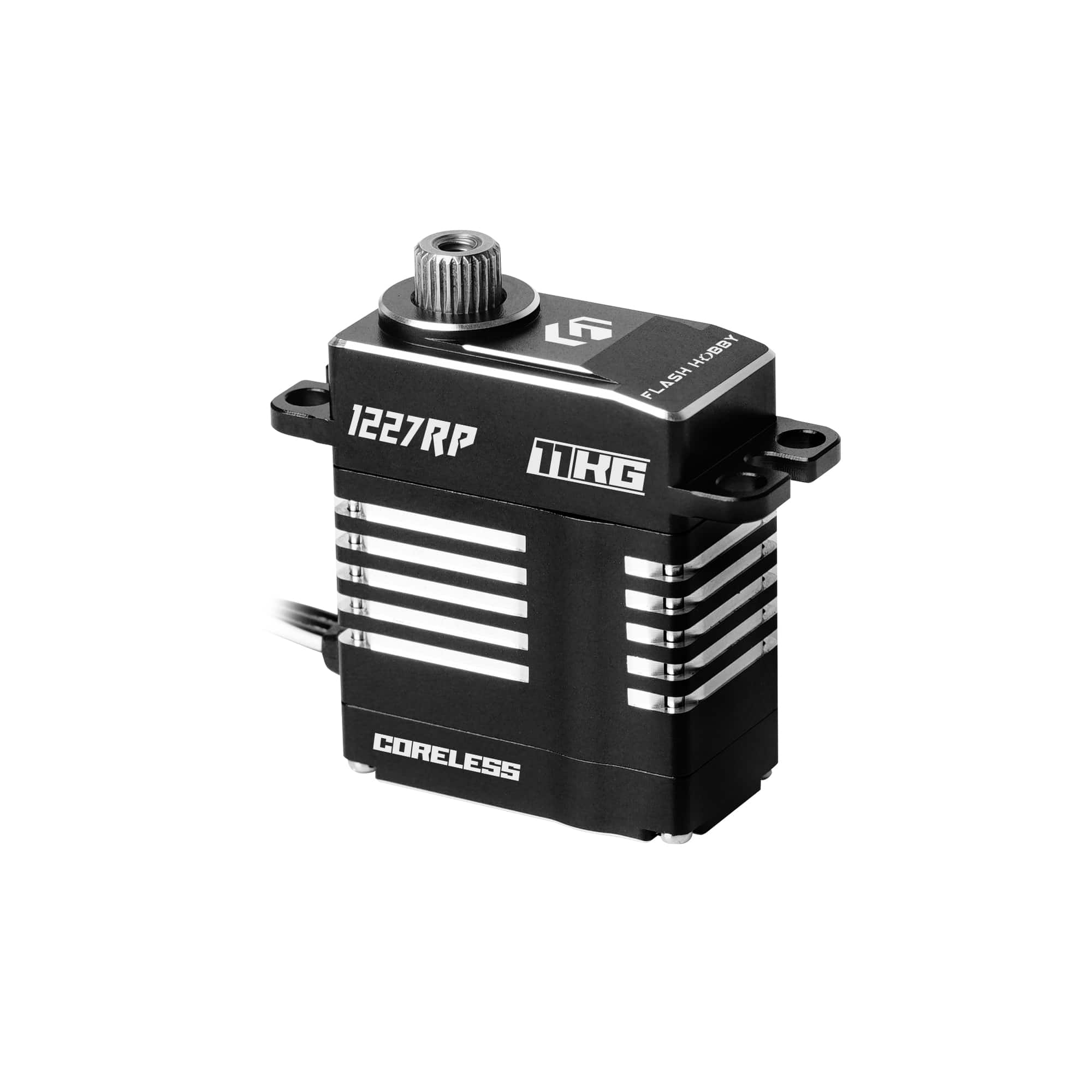Features of Micro Servo
2024-07-19
A micro servo refers to a small electromechanical device used primarily in hobbyist and small-scale robotics projects, as well as in various electronic applications where precise control of movement is required. Here’s an overview of its features, uses, and considerations:
Features:
1. Small Size:
- Micro servos are compact and lightweight, typically smaller than standard servos used in larger applications.
2. Motor and Gear Mechanism:
- They contain a DC motor combined with a gearbox to provide precise control over rotational movement.
3. Control Electronics:
- Integrated control electronics manage the motor’s speed and position based on signals received from an external controller, such as a microcontroller or a dedicated servo controller.
4. Feedback Mechanism:
- Most micro servos feature a built-in potentiometer or optical encoder to provide positional feedback to the control system, ensuring accurate movement.
5. Mounting Options:
- Designed with standard mounting holes or brackets for easy integration into various projects.
6. Operating Voltage:
- Typically operates at a low voltage range, commonly 4.8V to 6V, making them suitable for battery-powered applications.
Uses:
1. Robotics and RC Vehicles:
- Used in small-scale robots, RC (remote-controlled) airplanes, helicopters, cars, and boats to control movements such as steering, throttle, and wing flaps.
2. Mechanical Automation:
- Integrated into automated systems for precise control of mechanisms, such as opening and closing doors, moving camera lenses, or adjusting small mechanical parts.
3. Consumer Electronics:
- Found in consumer electronics products for tasks like adjusting camera focus, positioning antennas, or controlling display screens.
4. Hobbyist Projects:
- Popular among hobbyists and DIY enthusiasts for various projects that require motorized movement and control.
Considerations:
1. Torque and Speed:
- Evaluate the torque (rotational force) and speed specifications of the servo to ensure it meets the requirements of your specific application. Micro servos typically have lower torque compared to standard-sized servos.
2. Power Requirements:
- Check the voltage and current requirements of the servo to ensure compatibility with your power source, especially in battery-operated projects.
3. Control Signal:
- Micro servos commonly use a PWM (Pulse Width Modulation) signal to control their position. Ensure your control system can generate the appropriate PWM signal for the servo.
4. Durability and Lifespan:
- Consider the build quality and expected lifespan of the servo, especially if it will be used in applications where it undergoes frequent movement or mechanical stress.
5. Compatibility:
- Ensure the servo is compatible with the mounting hardware and mechanical linkage of your project, or be prepared to adapt or customize as needed.
Conclusion:
Micro servos are versatile components that provide precise and controlled movement in a compact form factor. Whether you’re building a small robot, enhancing a hobby project, or integrating motion control into consumer electronics, selecting the right micro servo involves considering factors such as size, torque, speed, and compatibility with your overall system requirements. These considerations will help ensure optimal performance and reliability in your application.



